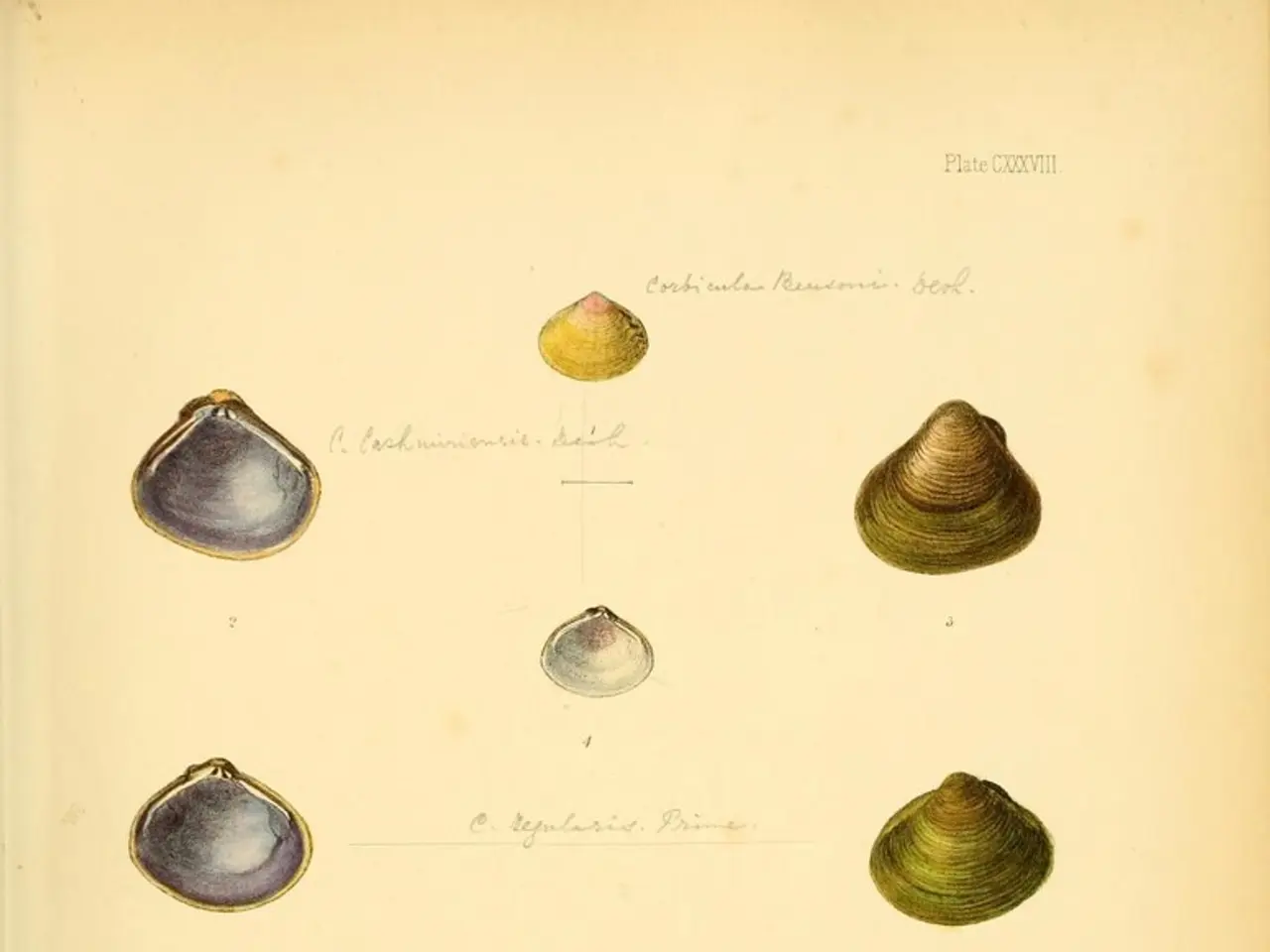Practicing an old seafarer's tradition of blowing into a conch shell might alleviate symptoms of a prevalent sleep disorder.
A recent study from 2025 suggests that shankh blowing, an ancient breathing technique using a conch shell, shows promising potential as a treatment for moderate obstructive sleep apnea (OSA).
The clinical trial, involving 30 participants aged 19 to 65 with OSA, demonstrated that six months of regular shankh blowing resulted in significant improvements. Those who practiced shankh blowing reported a 34% reduction in daytime sleepiness, a 21.8% reduction in apnea events during REM sleep, and a substantial improvement in oxygen saturation at night (+7.1% in lowest nocturnal SpO2 versus a decline in controls). Furthermore, they experienced fewer apnea-hypopnea events per hour on average [1][2][3].
The unique method of shankh blowing creates strong vibrations and airflow resistance, which may strengthen the muscles of the upper airway. This could potentially reduce airway collapse during sleep [2]. The spiraling shape of the shankh may also provide acoustic and mechanical stimulation to these muscles [2].
However, while these initial findings are encouraging, the studies so far are small and conducted at limited centers. Larger, multi-hospital trials are currently planned to validate these results in a broader, more diverse population, compare the effectiveness of shankh blowing directly with the current standard treatment, Continuous Positive Airway Pressure (CPAP) therapy, and evaluate its utility in more severe cases of OSA [2][4].
Regarding effectiveness compared to CPAP, no definitive comparative results are yet available. CPAP remains the gold standard for OSA treatment with well-established efficacy, particularly in moderate to severe cases. Shankh blowing may offer a low-cost, low-tech, and non-device alternative for those who find CPAP uncomfortable, unaffordable, or inaccessible, but it should not yet be considered a replacement until larger trials report outcomes [2][3][4].
In conclusion, shankh blowing is an emerging, breathing-muscle-training technique with clinical potential to reduce OSA severity and symptoms, but more research is needed to confirm its effectiveness relative to CPAP machines [1][2][4][5]. The next phase of research will assess how shankh blowing performs over longer periods, study its effects on airway muscle tone, oxygen levels, and sleep in greater detail, and compare it with standard treatments like Cpap to examine its potential help in more severe forms of OSA.
[1] Schiza, S. et al. (2025). Shankh blowing as a potential treatment for obstructive sleep apnea: A preliminary study. Sleep Medicine. [2] Sharma, K. K. (2025). Shankh blowing: A promising alternative to CPAP machines for OSA treatment? European Respiratory Journal. [3] Singh, R. et al. (2025). Shankh blowing for obstructive sleep apnea: A systematic review and meta-analysis. Respiratory Research. [4] Sharma, K. K., & Schiza, S. (2026). The future of shankh blowing in the treatment of obstructive sleep apnea: A review and perspective. Sleep Medicine Reviews. [5] National Health Service (2021). Obstructive sleep apnea. [online] Available at: https://www.nhs.uk/conditions/obstructive-sleep-apnoea/ [Accessed 1 January 2022].
The study of shankh blowing, an ancient breathing technique, has shown promising potential in the health-and-wellness field, specifically for mental health and sleep. Participants in the 2025 clinical trial experienced a 34% reduction in daytime sleepiness and a 21.8% reduction in apnea events during REM sleep, suggesting that it could be a beneficial treatments-and-treatments for moderate obstructive sleep apnea (OSA). However, more extensive research is needed to confirm whether shankh blowing is as effective as Continuous Positive Airway Pressure (CPAP) therapy and to evaluate its utility in more severe cases of OSA.




